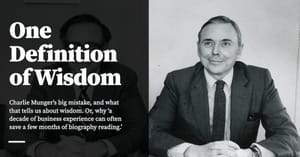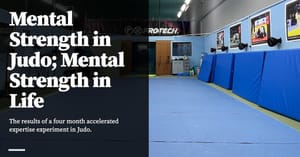In my last essay, I introduced the concept of perceptual exposure, a technique for learning tacit mental models. But this is a practitioner’s blog, so let’s talk about putting perceptual learning to practice — that is, using it in the pursuit of rare and valuable skills.
Previously, I wrote:
The best actionable summary of perceptual learning, however, comes from author, programming instructor, and former game developer Kathy Sierra. In her 2015 book Badass: Making Users Awesome, Kathy documents the requirements for effective perceptual learning in the service of creating better, more usable, more learnable products.The key, Sierra says, is to show users a large number of diverse, positive examples within a compressed time.
How do we take this idea and apply it?
The answer, of course, is to be structured in your exposure. My chosen implementation is to create what I call a Perceptual Exposure Playlist.
(Sidenote: one of the reasons I enjoy writing these posts is because it gives me an excuse to experiment in my self-improvement. I’d love to hear from you if you’ve put this into practice yourself.)
Let’s walk through the implications of perceptual exposure, introduced as I have in the previous post.
First, you need a large number of superficially diverse, positive examples. Think about what this implies: a diverse selection means that it’s better to have a selection of small but good examples, instead of longer, bigger chunks. Smaller chunks allow you to work through more examples in the same period of time. So: pick smaller snippets of code, or little snatches of essays, instead of complete programs or long articles, ones that take hours to finish reading.
‘Positive’ examples means that you’ll have to pick what is good. Don’t worry if you have to use your judgment to pick at the beginning. You may have the presence of mind to know that your taste for a good picture or a good piece of writing might be suspect when you are starting out. No matter. Pick the examples that you admire most. Your taste will improve, and so will your picks.
Put this into a digital notebook. My note-taking app of choice is Ulysses; you may use Evernote or OneNote or nvALT or Bear.
Then go through your Perceptual Exposure Playlist at a leisurely pace, never spending more than a couple of minutes per example. Don’t reflect, don’t think, just browse.
Close your playlist and move on. One tricky thing is that during this exercise, you probably wouldn't feel as if you’ve learnt anything consciously (one of the most salient features of perceptual learning is that the learners can’t articulate whatever it is that they’ve picked up during the process, or sometimes even whether they've learnt anything at all). What you’re trying to improve is a subconscious sense of ‘good'.
Schedule updated sessions to create new playlists, and review old ones. As your perceptual abilities improves, you should find that your evaluation of old playlists will shift over time.
Concrete Example: Photo Composition
Take a look at these pictures. What do they have in common?


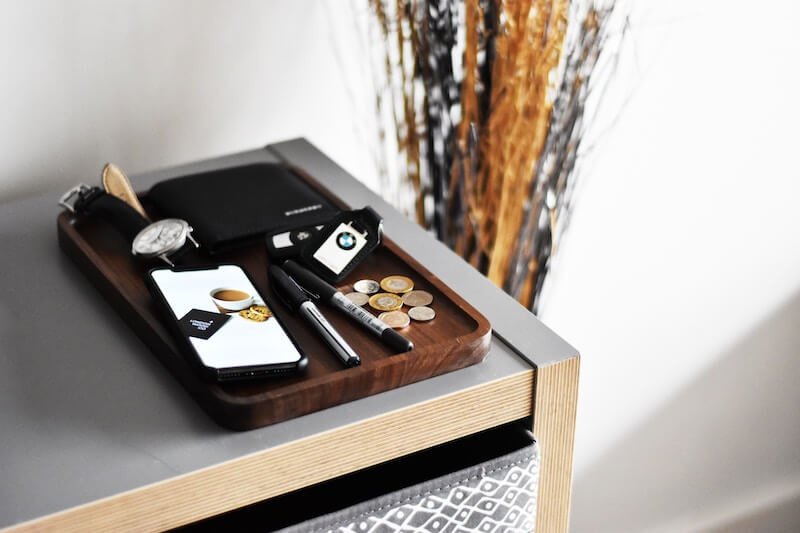

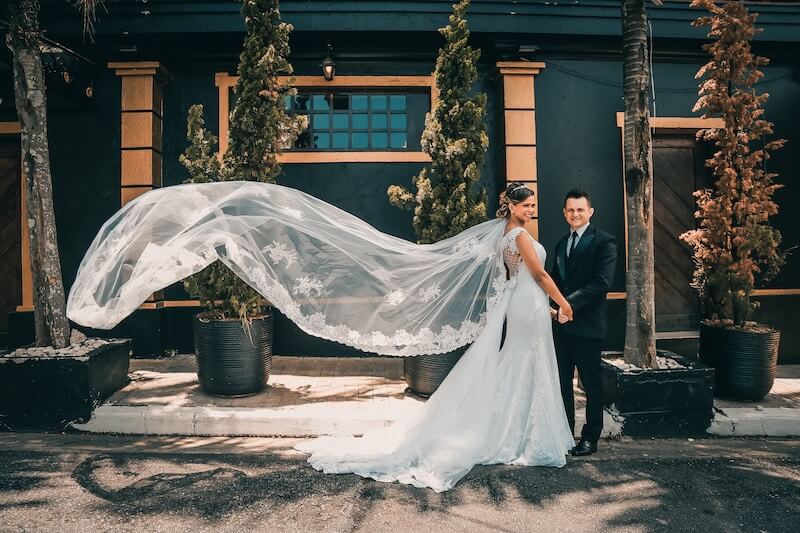
They have different subjects, colours, exposures and depth-of-field.
But they all display the Rule of Thirds.
These are only a handful of photos. Imagine that you’re a photography novice, and imagine that you're looking at two hundred of these. What would happen?
Odds are, you’ll pick up an intuitive sense for the rule of thirds. And indeed, this was what a friend of mine did: “I started by shooting using the Rule of Thirds grid overlay, but then I spent a lot of time on Flickr and eventually it became second nature.”
Why not teach Rule of Thirds the traditional way? If you’re interested in photography, you’ve probably seen a whole cartload of online tutorials explaining the Rule of Thirds and the step-by-step mechanical process of how to apply it. It’s easy to understand, quick to skim through, and obvious given one or two worked examples. Wouldn’t that be enough?
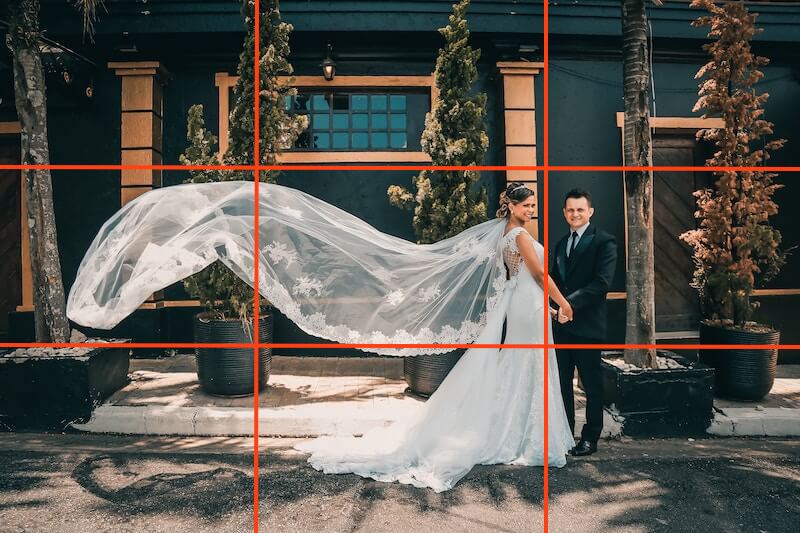
Well … no. The goal of photographic composition is aesthetics, not mechanical action. You’ve probably seen photos from intermediate practitioners who were taught the mechanics of the Rule of Thirds, but never developed the ‘feel’ for composition that the pros have.
Teaching Rule of Thirds using perceptual exposure develops the sense for what is and isn’t a good composition. It allows the learner to gain the invisible, tacit mental models that professional photographers use. As Kathy Sierra illustrates:

Concrete Example 2: Using Narrative in Writing
One skill that I’ve been working on over the past few weeks is the skill of narrative writing in service of exposition. I’ll cover the results of my experiments in a future post, but the gist of it is that I want to be able to wield narrative as a pacing tool.
Let’s clarify. Have you ever noticed that reading a richly imagined narrative is easier than reading a well-written expository paragraph? Have you also noticed that good non-fiction writers — in books that line the bestseller aisles, or in long essays in places like The Atlantic or The New Yorker — use a mix of narrative and exposition to introduce new ideas to readers?
The two observations are no accident. Humans find it easier to read stories than to read arguments. Mixing the two is a higher-level writing technique, one that I’ve been trying out in my recent Commonplace essays.
After diving into the perceptual exposure literature, I decided to create a PEP — or a Perceptual Exposure Playlist for this very task. Here’s a screenshot of the PEP in question in my writing app of choice, Ulysses:
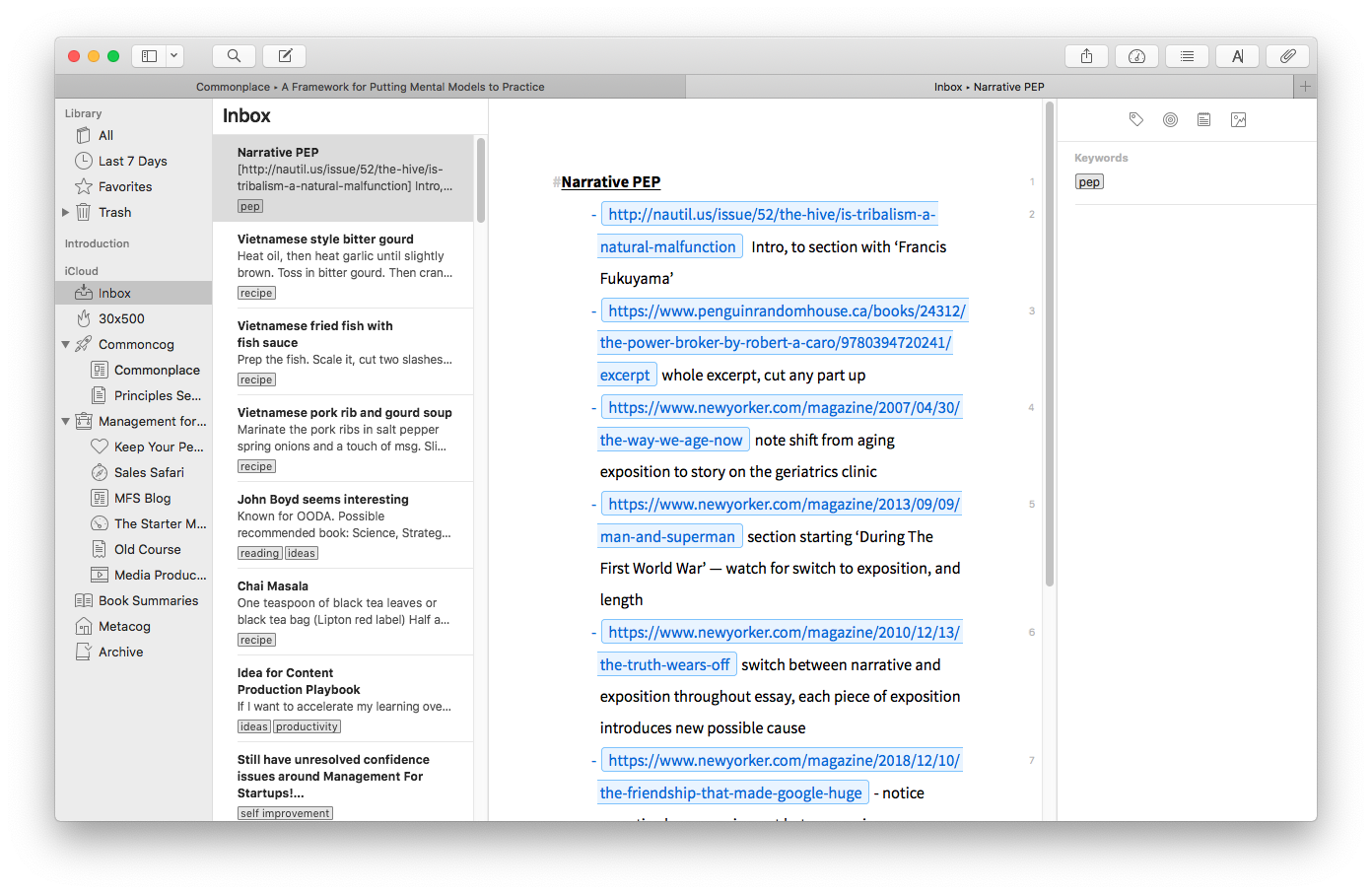
Note that I’ve listed URLs to link I find particularly impressive. Note also that I’ve left notes on the sections that most interest me. I don’t want to read the entire piece — that would take too long — instead, I’ve opted to pick certain segments that I thought best exemplified the various ways one may deploy this technique.
As a feedback mechanism, I intend to look back at my writing at certain scheduled checkpoints — I have one scheduled for March next year, for example. But as it is, I already find myself noticing certain narrative techniques as I work my way through my daily reading list.
Try this, and tell me what you think. Good luck!
Update: I wrote about what I've learnt putting perceptual exposure to practice three months later.
Originally published , last updated .
This article is part of the Expertise Acceleration topic cluster. Read more from this topic here→



